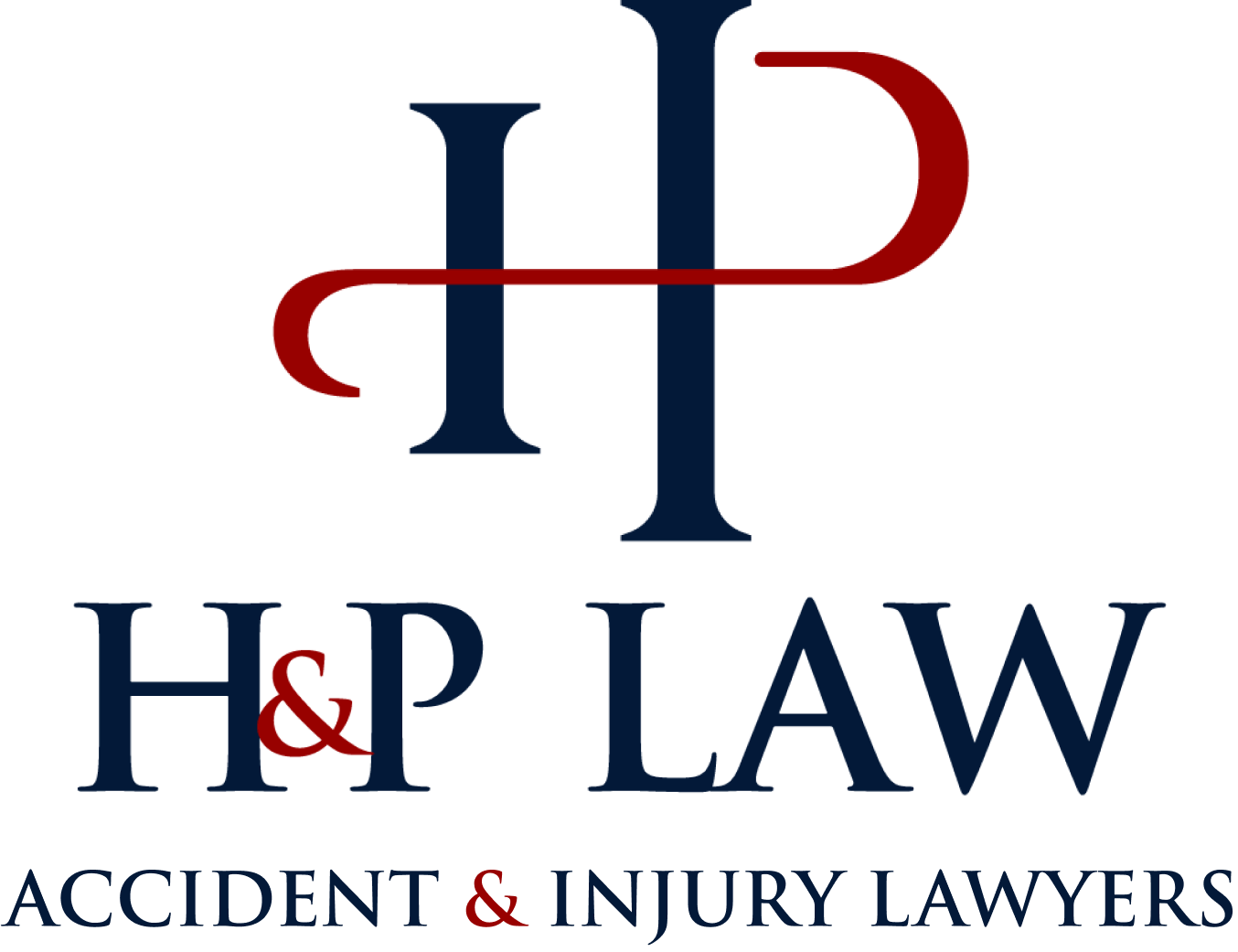
When one party causes an injury to another party in a Nevada accident, the event can result in a personal injury claim for the victims. Generally, the basis of a personal injury claim arises from negligence, recklessness, or intentional misconduct. If you or someone you know has been harmed by another’s negligence, it is critical to understand the applicable law that will govern your claim for damages.
Nevada’s Statute of Limitations
First and foremost, when pursuing a Nevada personal injury claim, the first item that must be addressed is the time limit within which a lawsuit must be filed. This is referred to as the statute of limitations. This deadline varies based on the type of case that is being pursued. Under Nevada law, a personal injury lawsuit must be filed against the at-fault party within two years from the date that the injury happened.
While this sounds like plenty of time, it is advisable to start your case right away. Doing so will help preserve the evidence that is needed to establish fault and harm for monetary compensation. That being said, the law does allow for additional time when the personal injury is not immediately recognizable following an incident. The deadline may be delayed until the exact cause of the harm can be determined. Once a victim discovers the cause of an injury, the clock starts ticking.
Filing a Nevada Personal Injury Claim
When an injured party files a complaint with the local court, a personal injury claim has started. Many times, the injured party has options for obtaining monetary compensation before a lawsuit is filed. For example, the injured party can file an insurance claim against the at-fault person’s insurance carrier for monetary compensation. If the insurance company cannot compensate the victim for all of his or her losses, a personal injury claim may need to be filed in court to recover the rest of the money.
Establishing Fault
Nevada Personal injury lawsuits can be complicated. The essence of a personal injury case is negligence—meaning that the defendant failed to meet a specific duty of care or failed to act with reasonable care and that failure to act caused the victim-plaintiff harm. The injured plaintiff must be able to prove that the claimed losses are a direct result of the defendant’s negligence.

That being said, sometimes a victim is partially at fault for the accident that causes their injuries. In Nevada, there is a modified comparative negligence rule that is used when determining a monetary award. An injured plaintiff may still recover monetary compensation if he or she is 50 percent or less at fault for the incident that caused the harm. In such a scenario, the plaintiff’s award will be reduced proportionately to the percentage of fault. If the injured plaintiff’s fault is more than 50 percent, he or she is completely barred from recovery.
Our Attorneys Can Help You
The skilled Nevada personal injury attorneys at H&P Law have the experience necessary to handle the toughest personal injury cases—successfully resolving them before filing a lawsuit or trying the case before a jury. Our attorneys have successfully represented the injured in Las Vegas and the surrounding communities. If you are ready to learn how we will fight for your recovery after another party has injured you, contact our firm to set up your initial case evaluation.



